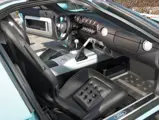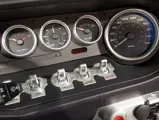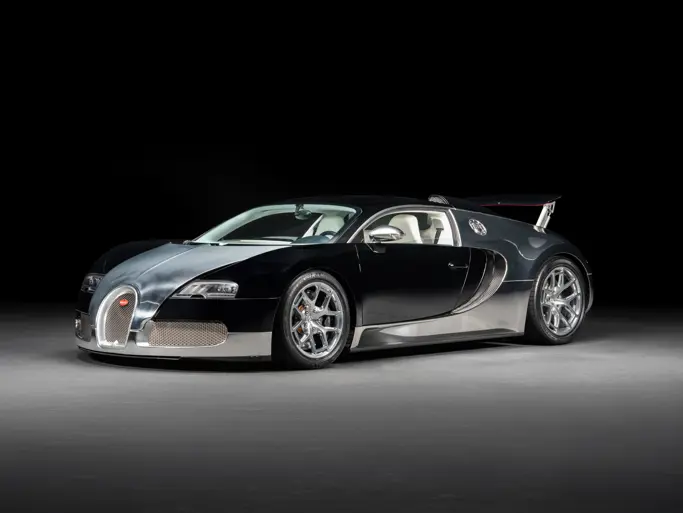
2006 Ford GT Heritage Edition
{{lr.item.text}}
€336,000 EUR | Sold
{{bidding.lot.reserveStatusFormatted}}
- Ford’s 100th anniversary supercar
- One of only 343 with the highly desirable Heritage package
- Supercar du 100e anniversaire de Ford
- Fait partie des 343 exemplaires dotés de l'enviable option Heritage
550 bhp, 5.4-litre, 32-valve DOHC V-8 engine with supercharger, six-speed manual transmission, four-wheel independent suspension, and four-wheel hydraulic disc brakes.
Wheelbase: 2,710 mm
Moteur V-8, 5,4 litres, 550 ch, deux ACT par banc, un compresseur, boîte manuelle six rapports, suspension avant et arrière indépendante, freins hydrauliques à disques sur les quatre roues. Empattement: 2 710 mm.
It could be argued that one of the most contentious racing rivalries in the history of motorsport was the Ford-Ferrari rivalry in the mid-1960s, and it all started with a possible merger. Enzo Ferrari approached Ford in early 1963 looking to sell the road-car division of his company and Ford was very receptive, thinking that this partnership would bring them increased sales in the showroom and more victories on the track. However, upon seeing the final version of the contract, Enzo believed that he was not given enough freedom or control with the racing section of the new company and refused to sign, leaving himself in charge of the company that bore his name and keeping Ford out of Maranello.
Furious, Henry Ford II wanted revenge for this monumental deal gone bad. He wanted to hit Enzo where it hurt: on the race track. Ford put his own engineers to work, and the GT40 was born with the goal of defeating Ferrari at the 24 Hours of Le Mans. He got his revenge, and the GT40 stunned the world with its performance at the 1966 24 Hours of Le Mans, where three examples swept the podium. Nineteen sixty-five would be the last year Ferrari won overall at Le Mans, and the GT40 would go unbeaten through 1969.
To celebrate the 100th anniversary of the Ford Motor Company, Ford decided to revive its legendary supercar after teasing the public with numerous concept cars. The first delivery examples finally reached their eager owners in late 2004 as 2005 models, and the GT proved to be quite worth the wait. At a fraction of the price of other supercars of its calibre, it could outrun the Mercedes-Benz McLaren SLR and Porsche Carrera GT, and it came perilously close to the Ferrari Enzo in top speed. With its performance credentials and clear lineage to the original GT, it was obvious that Ford had created a modern classic.
Whilst most GTs presently ride in their home market of the United States, this 2006 model is one of very few that have made their way across the Atlantic. The car was originally delivered to Courtesy Ford of Altoona, Pennsylvania, as documented by its window sticker, and it is believed to have been imported to Europe through Germany before being purchased by its present Italian owner. It is one of only three hundred forty-three that wear the desirable Heritage livery, recalling the JW Automotive/American Gulf Oil-sponsored GT40 that won the 24 Hours of Le Mans in 1968. When new, this was a $13,000 option, explaining why only 17% of GT production was finished as such.
In addition to the Heritage livery, this GT is equipped with optional BBS wheels, grey-painted brake callipers, and a McIntosh stereo system. Since new, it has covered only 2,000 kilometres.
Even though they have been out of production for just 10 years, Ford GT’s have proven to be highly collectible. The Heritage Edition shines above the rest in terms of desirability, and as only 343 examples were built, they represent just a small percentage of GTs produced. With 2,000 kilometres on its odometer since new, this Ford GT would certainly prove to be a compelling alternative to a modern European supercar, especially when considering that this is one of the very few GTs ever exported to Europe. Ford’s modern supercar truly captures the same feelings and persona as the original, and as such, it is a perfect car for the individual that appreciates its racing heritage encapsulated in a contemporary platform.
On ne peut contester qu'une des rivalités les plus acharnées ayant existé dans l'histoire du sport automobile est celle qui a opposé Ford et Ferrari au milieu des années 1960, alors que tout avait commencé par une possible fusion. En effet, Enzo Ferrari approchait Ford au début de l'année 1963 pour céder la division de voitures de route de son entreprise au constructeur américain. Celui-ci était particulièrement réceptif, réfléchissant aux conséquences sur la fréquentation de ses magasins d'exposition et aux victoires possibles sur la piste. Mais devant la version finale du contrat, Enzo considérait qu'il manquait de liberté d'action sur le département compétition de la nouvelle société et finalement refusait de signer, restant seul aux commandes de l'entreprise portant son nom et laissant Ford loin de Maranello.
Furieux, Henry Ford II souhaitait prendre sa revanche sur cet accord ayant tourné court. Il voulait frapper Enzo là où cela pouvait lui faire mal : sur la piste. Ford mettait ses propres ingénieurs au travail et faisaient naître la GT 40, dans le but de battre Ferrai aux 24 Heures du Mans. Ford put avoir sa revanche, et les GT 40 étonnaient le monde par leurs performances aux 24 Heures du Mans 1966, où trois exemplaires monopolisaient le podium. L'année 1965 fut donc la dernière marquée d'une victoire de Ferrari à la course mancelle, et la Ford GT 40 est restée invaincue jusqu'en 1969.
Pour célébrer le 100e anniversaire de la Ford Motor Company, le constructeur décidait de faire revivre la légendaire supercar après avoir excité le public avec plusieurs concept cars. Les premiers exemplaires étaient finalement livrés à leurs propriétaires impatients à la fin de 2004 comme modèles 2005, et la GT se révélait digne de cette attente. Pour un prix nettement moins élevé que celui d'autres supercars du même calibre, elle pouvait tenir tête à la Mercedes McLaren SLR et la Porsche Carrera GT, tout en s'approchant dangereusement de la Ferrari Enzo en vitesse de pointe. Avec ses performances brillantes et son héritage direct de la GT 40 originale, il était évident que Ford venait de mettre au monde une classique moderne.
Alors que la plupart des Ford GT sont actuellement utilisées dans leur pays d'origine, les États-Unis, ce modèle 2006 est un des rares à avoir traversé l'Atlantique. Livrée neuve à Courtesy Ford, d'Altoona (Pennsylvanie), comme en témoigne son autocollant de vitre, cette voiture aurait été importée en Europe via l'Allemagne avant d'être achetée par son présent propriétaire italien. Elle fait partie des 343 exemplaires portant la désirable livrée Heritage qui rappelle les couleurs JW Automotive/American Gulf Oil de la GT 40 ayant remporté les 24 Heures du Mans 1968. Neuve, cette option était vendue 13 000 $, ce qui explique que seulement 17% des GT produites en sont équipées.
En plus de ses couleurs Heritage, cette Ford GT est dotée des jantes BBS en option, d'étriers de freins de teinte grise et d'un système stéréo McIntosh. Depuis qu'elle est sortie d'usine, elle n'a couvert que 2 000 km.
Même si la production des Ford GT s'est arrêtée il y a tout juste dix ans, elles se sont révélées très collectionnables. La version Heritage Edition coiffe toutes les autres en terme de séduction et, comme elle ne concerne que 343 exemplaires, elle ne représente qu'un faible pourcentage du total produit. N'ayant parcouru que 2 000 km d'origine, cette Ford GT pourra certainement constituer une excellente alternative à une supercar européenne moderne, surtout quand on considère qu'il s'agit d'une des rares GT exportées en Europe. La supercar de Ford évoque les mêmes sentiments et la même personnalité que l'originale et, en tant que telle, c'est une voiture idéale pour ceux qui apprécient le passé en compétition dont a hérité cette plateforme contemporaine.




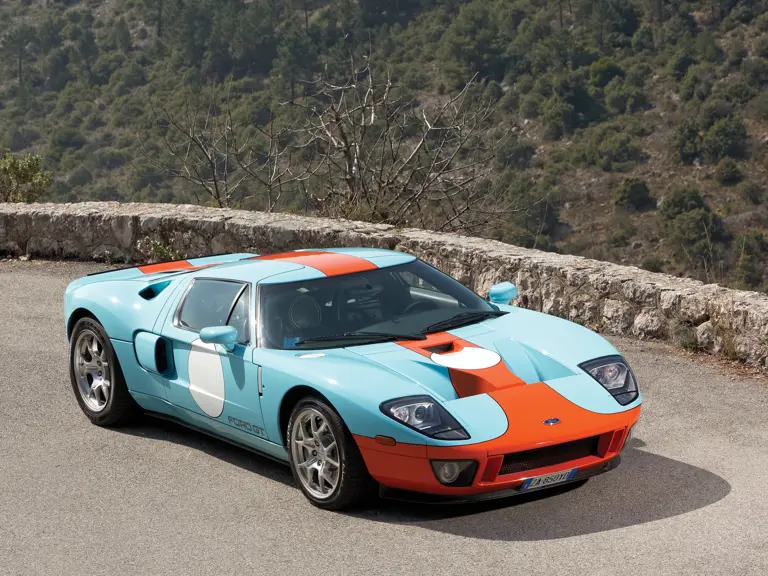
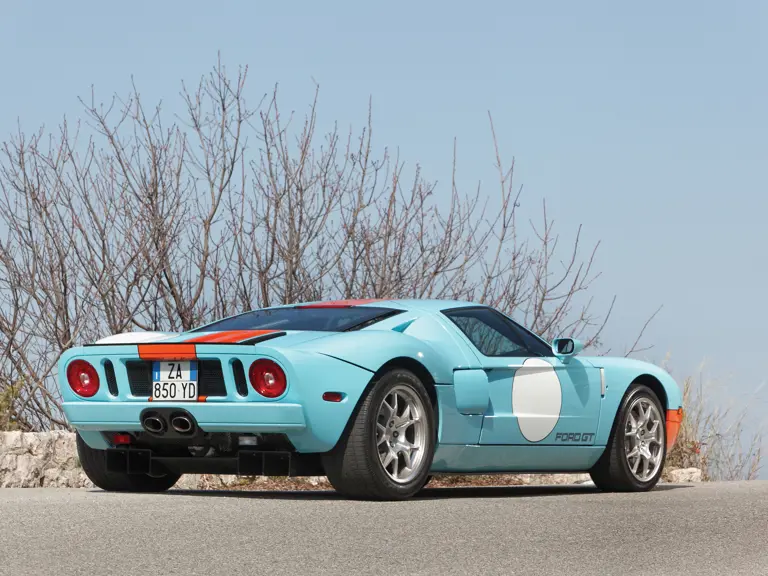



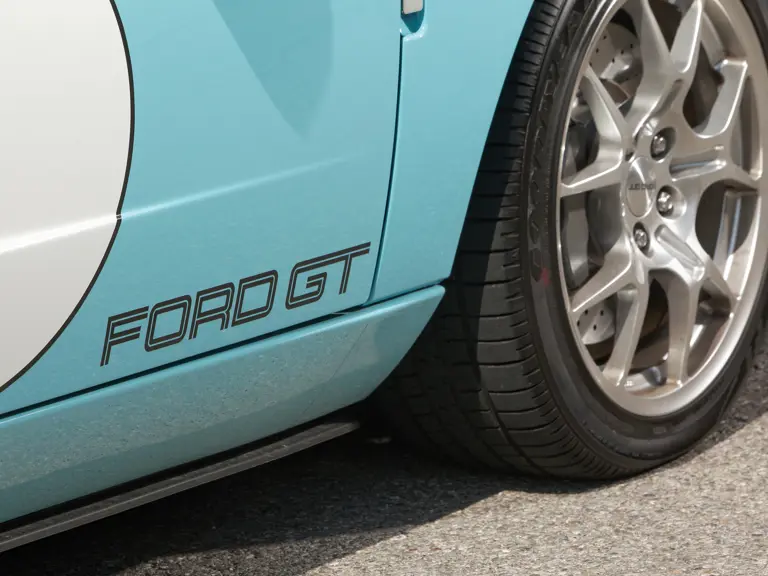

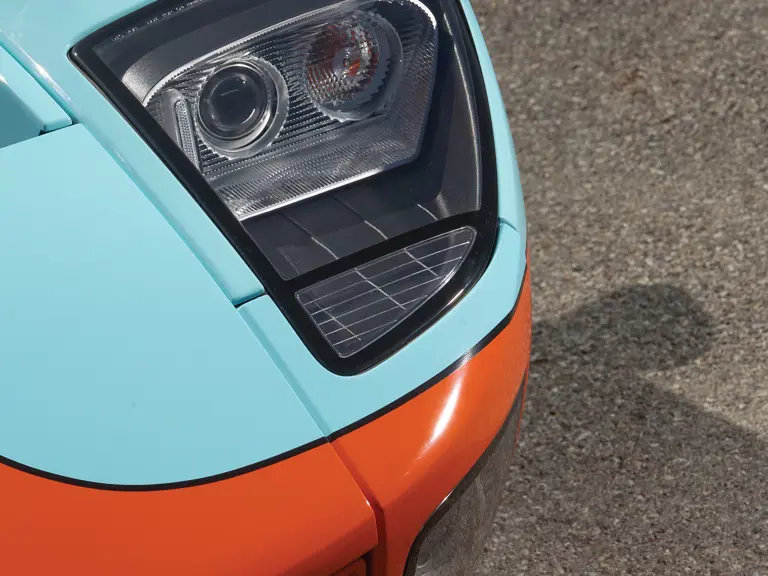
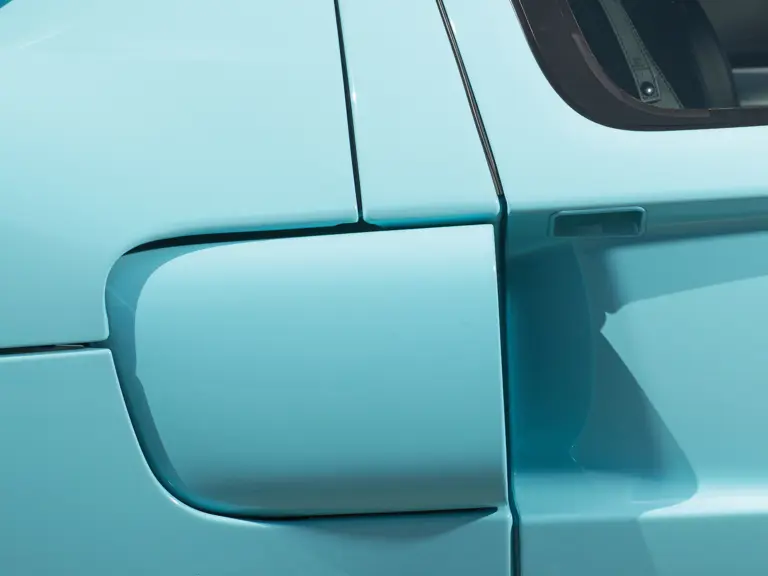
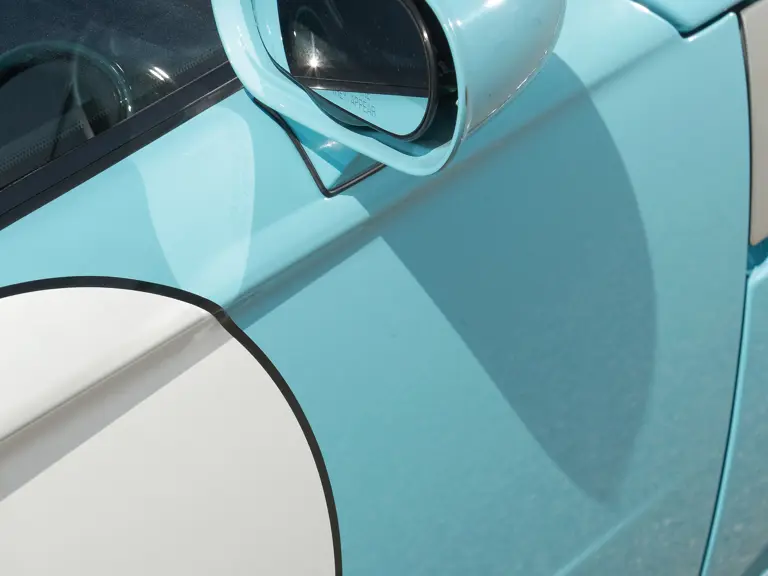
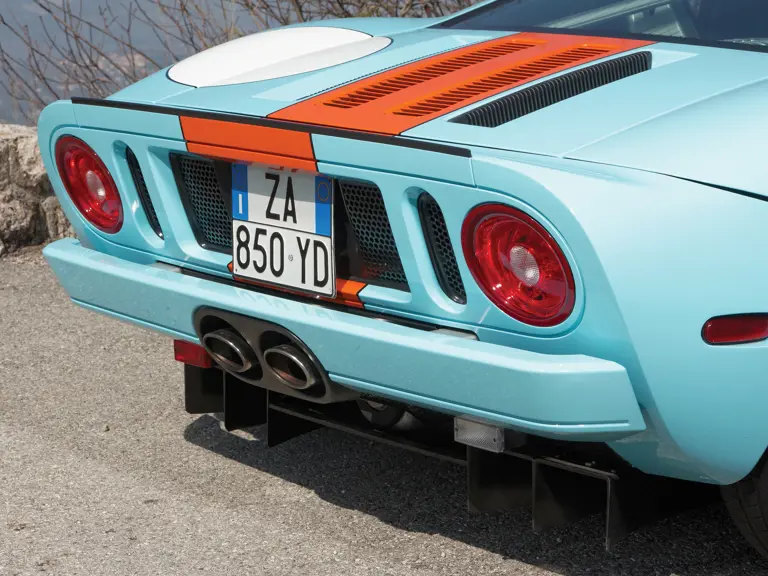
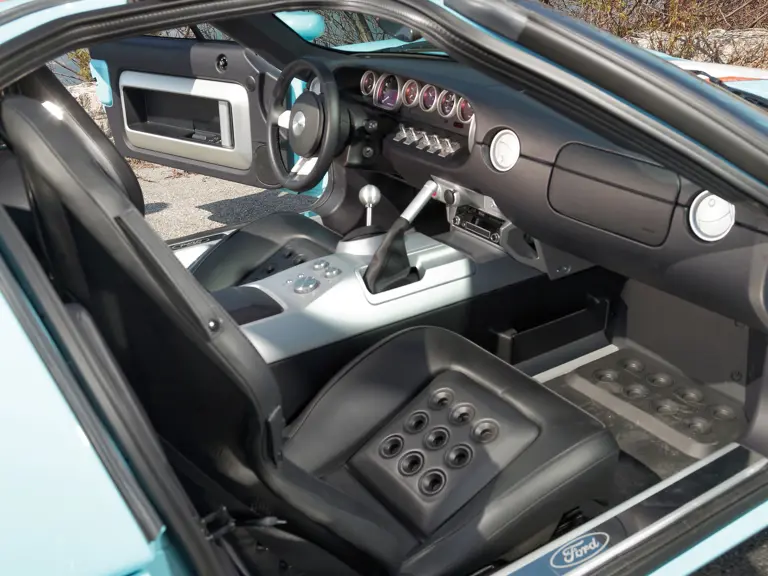

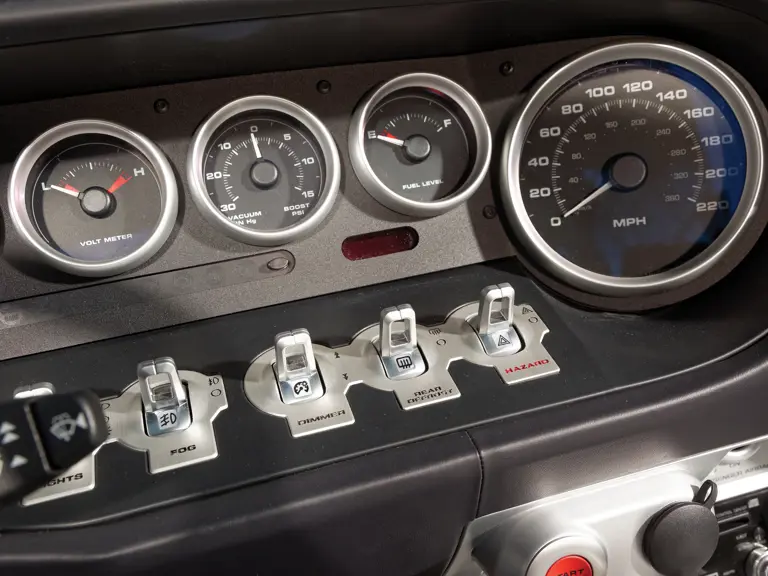
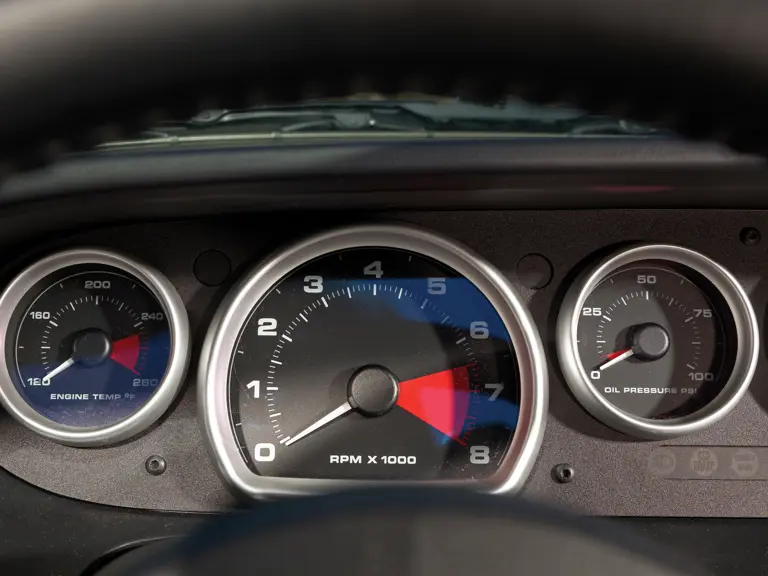

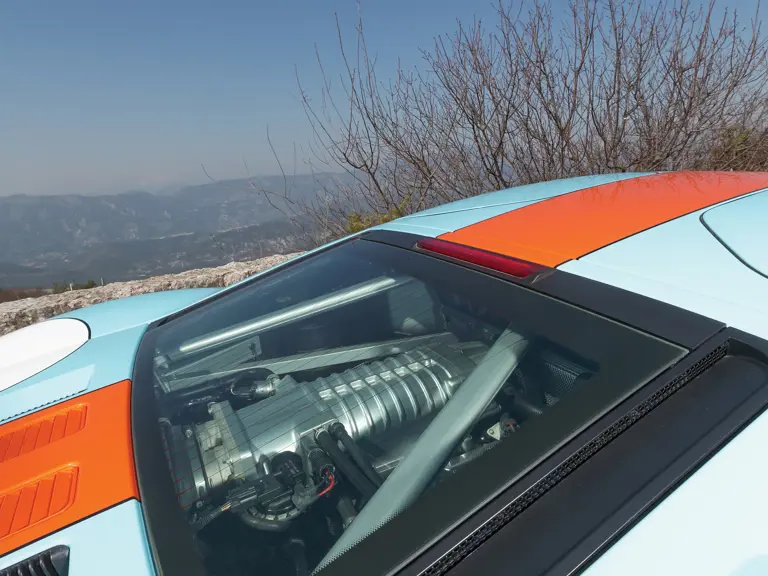
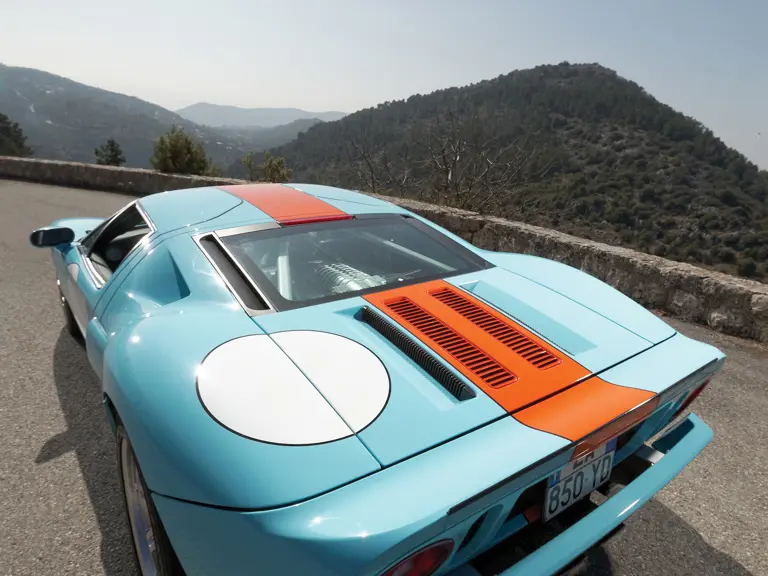
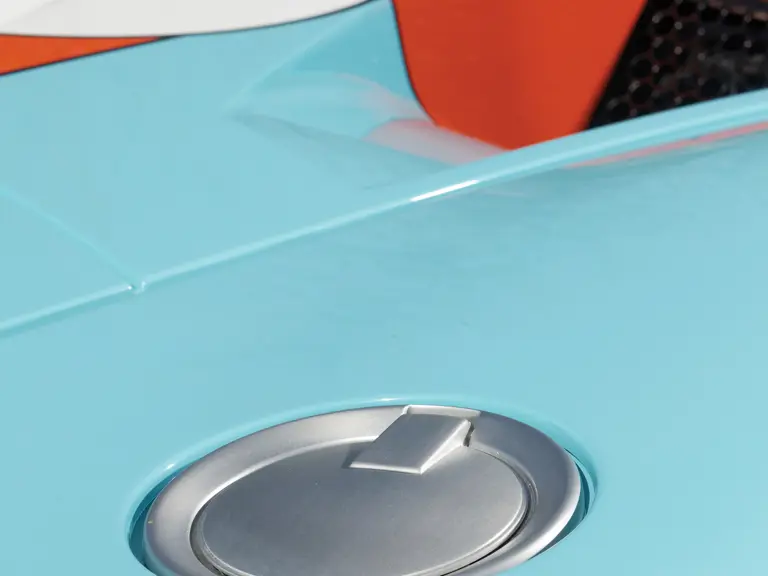
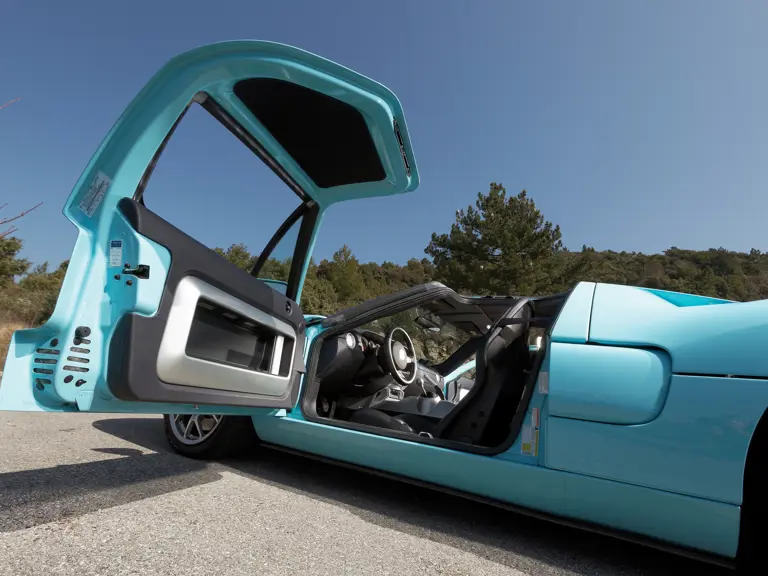
 | Monte Carlo, Monaco
| Monte Carlo, Monaco










